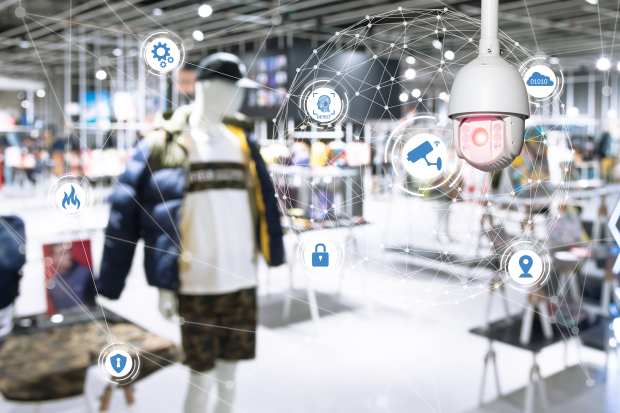The Trends Driving Retail Into The New Decade

Change came from various areas for retail in 2019.
Not the least of it involved artificial intelligence (AI), a big trend going into the 2020s.
Retail merchandising was, at best, a hit-or-miss system in its heyday, Nextail CEO and Co-Founder Joaquin Villalba told PYMNTS in a recent conversation. However, it is increasingly out of data, and out of step with modern consumer behavior and preferences. Apparel life cycles for products that used to be measured in months are now measured in weeks.
What brands used to guide their merchandising processes in the old paradigm requires too much manual input, hinging on data sets and models that are too general, and accruing too slowly — too much like a “fulfilling prophecy,” he noted. Combining AI with data — as Nextail attempts to do with its machine learning-driven retail merchandising platform — does the job better when it comes to better aligning supply and demand.
Role of Data
Analytics, too, was another hot spot for retail change in 2019 and will continue to be for the 2020s.
Online shopping has fundamentally changed the rules of how to gauge a company’s performance around the holidays. Unlike the old days, the number of people visiting a store on a major shopping day is no longer an indicator of success, Wall Street analysts say, according to Reuters.
Instead, the array of tactics to judge success has become more varied and modern. Analysts say they are now employing methods, such as subscribing to retailers’ emails, so they can monitor sales, doorbuster deals and promotions. They’re counting the proportion or number of millennials and Generation Z shoppers at a store, and counting the number of Instagram-popular fashion brands in a store.
They’re examining eReceipt data that shows when a customer was in a particular store and what they bought, and forming partnerships with analytics companies to measure website views, social media opinions and other analytics from a more objective standpoint. By contrast, the traditional methods include things like measuring same store sales and sales per square foot of retail space, counting the number of cars at a store, looking at foot traffic and the velocity of a sale.
According to the Associated Press, another method being employed by retailers: using cameras to take your picture. They reported that retailers are slowly incorporating more cameras into stores to study demographics like age and gender. The cameras essentially have the same function in person in a store as computers do when tracking one’s online habits. By using cameras, retailers can track who’s buying what.
Pricing Changes
Dynamic pricing is also a change agent.
Fighting food deserts and flipping them into food oases is not an easy task. The combination of low population density and poverty provides for a chilling effect when it comes to construction of large-scale supermarkets in such regions, which drives consumers toward higher cost, lower nutrition options that are more accessible.
It is what drove former hedge fund manager Sam Polk to start Everytable in 2016 — the simple fact that for large swathes of the American population eating a healthy diet is not an accessible goal because the options for doing it are either inaccessible or unaffordable.
Everytable handles pricing in a different way, with prices set to the neighborhood the in which a store is located, rather than the goods it sells. A store in the pricey Brentwood region might sell a dish for $7 to $8 — about par for a fast casual offering in that area. The same meal transported 25 miles to Compton means the price goes down to $5 to $6 a meal.
Polk notes the brand is often accused of “subsidizing” the costs of operating in lower income neighborhoods with the profits from the higher-cost locations, but, he says that’s not accurate. Everytable, he said, is actually concerned with right pricing its offerings because it means more customers will be able to come in and buy them. And right pricing fresh food and ingredients means they have to be at a price point where the local customer can actually buy them.
Those are just the some of the changes driving retail into the new decade.
